There’s something fascinating about the way animals can mirror our own behaviors, revealing that the gap between us might not be as wide as we often assume. From elephants showing empathy to octopuses solving puzzles, animals exhibit a range of human-like actions that remind us of our shared place in the natural world.
1. Elephants and Empathy
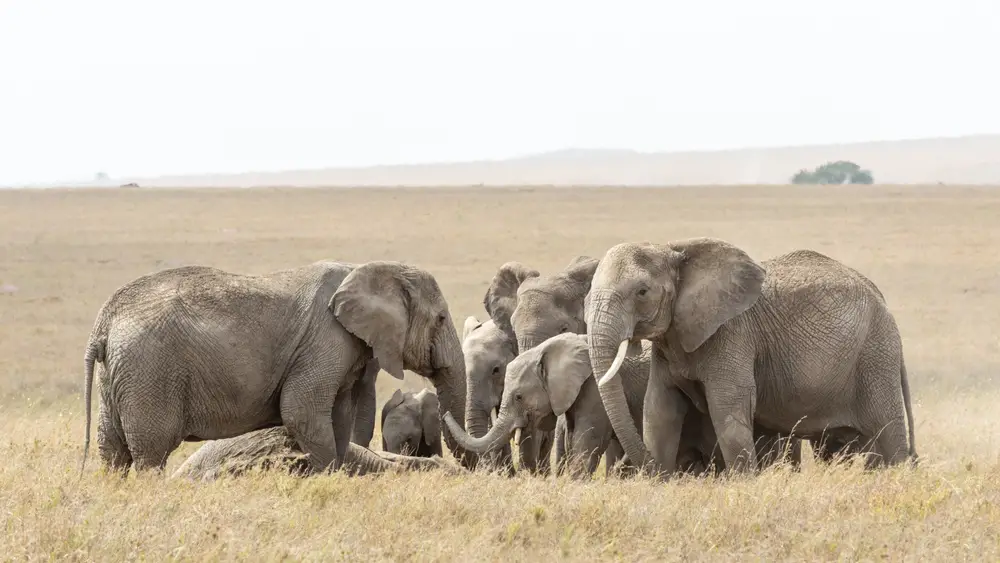
Elephants are renowned for their striking displays of empathy, a trait deeply embedded in human social fabric. You might find them comforting a distressed peer by touching them with their trunks or even shedding tears over a lost companion. This emotional intelligence doesn’t just stop at their species, as they’ve been observed to help other animals and even humans in need. Their ability to understand and share feelings is a profound reminder of the bonds that tie living beings together.
According to a study published in the journal Science, elephants demonstrate prosocial behavior, such as providing assistance to others, which parallels the human capacity for kindness and altruism. This research highlights how elephant societies operate in complex ways that reflect the intricacies of human communities. Such findings underscore the importance of preserving these magnificent creatures, not just for their ecological significance but for what they teach us about empathy.
2. Dolphins and Communication
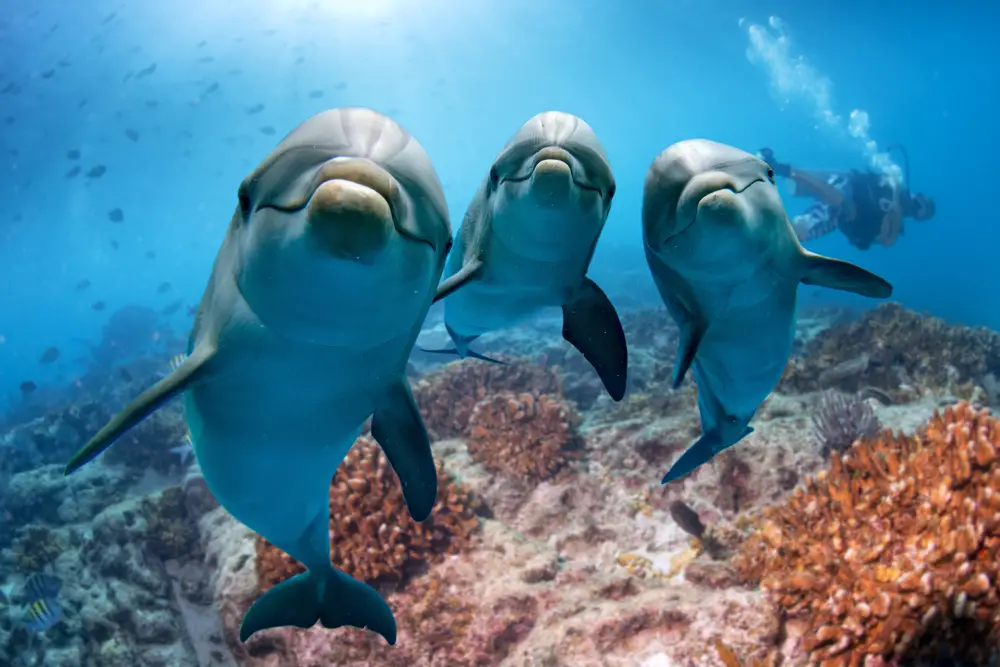
Dolphins have captivated us for centuries with their intelligence and remarkable communication skills. They use a sophisticated system of clicks, whistles, and body language that mirrors the complexity of human language. You might be surprised to learn that they even have names for one another, using signature whistles to address specific individuals. Their social dynamics are intricate, showing the importance of community and cooperation.
Living in pods that often resemble close-knit family groups, dolphins exhibit playful behaviors that promote social bonding. They engage in activities like synchronized swimming and cooperative hunting, showcasing teamwork that rivals our own. These behaviors highlight the cognitive capabilities of dolphins, reminding us of the value of social interaction and collaboration in our daily lives.
3. Chimpanzees and Tool Use
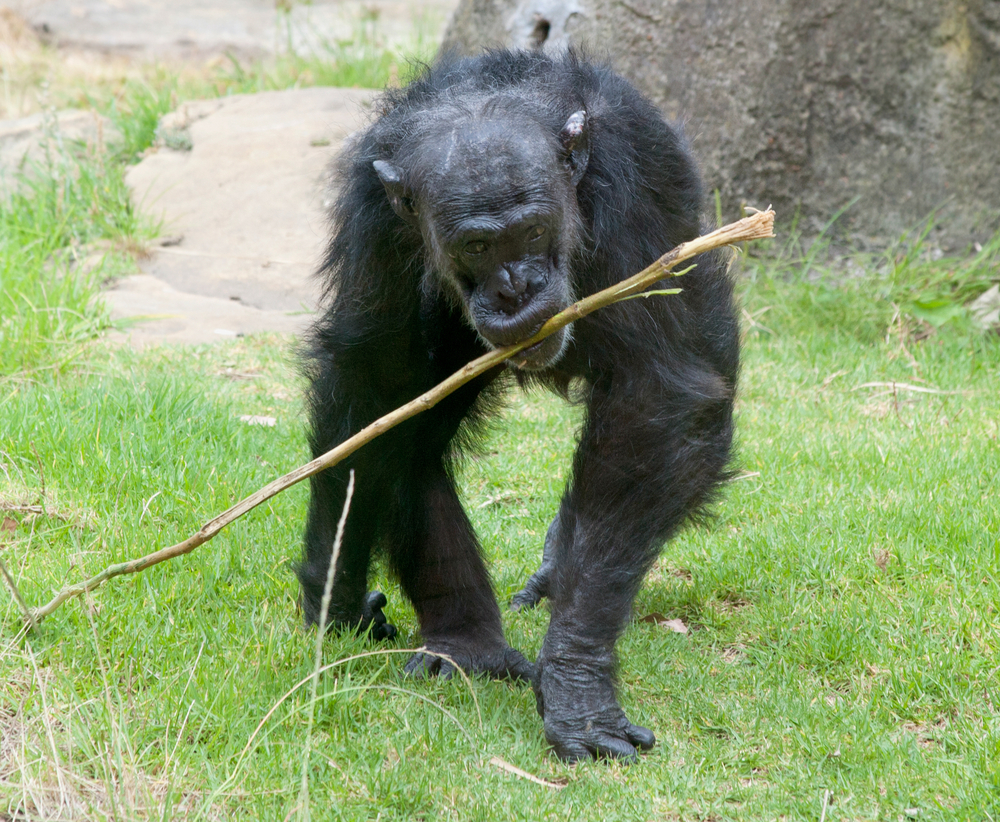
Chimpanzees, our closest living relatives, offer a mirror to our own evolutionary past through their use of tools. Watching a chimp strip leaves from a branch to fish for termites is akin to witnessing the rudimentary beginnings of human technology. This behavior demonstrates problem-solving skills and the ability to plan, traits that are hallmarks of human innovation. Their ingenuity in using natural resources to achieve goals is a testament to the cognitive parallels between them and us.
A study published in Nature illustrates how chimpanzees not only use tools but also teach these skills to their young, suggesting cultural transmission akin to human traditions. This intergenerational learning underscores the importance of knowledge-sharing in the survival and advancement of any species. As you observe these intelligent primates, it’s clear that the roots of our own technological advancements are deeply entwined with theirs.
4. Crows and Problem Solving
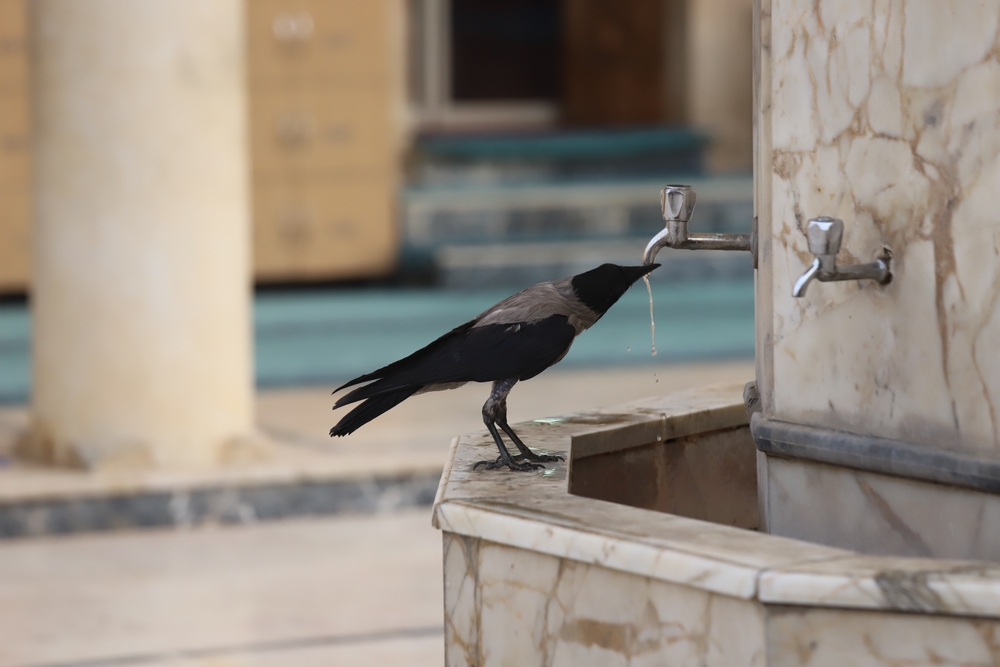
Crows are often heralded as the geniuses of the avian world, displaying problem-solving abilities that rival some primates. You might observe a crow bending a piece of wire to hook food out of a tight spot, a clear indicator of their ability to think ahead and plan. This ingenuity isn’t just a party trick; it reflects their highly developed cognitive skills. Like us, they assess situations and come up with creative solutions to overcome obstacles.
These birds also demonstrate an impressive memory, remembering human faces and the locations where they’ve hidden food. Living in complex social structures, crows communicate with a range of calls and can even pass on information about threats to their peers. Their smart, social nature is a powerful reminder of the fascinating intelligence that exists in the natural world beyond our own species.
5. Octopuses and Puzzle Solving
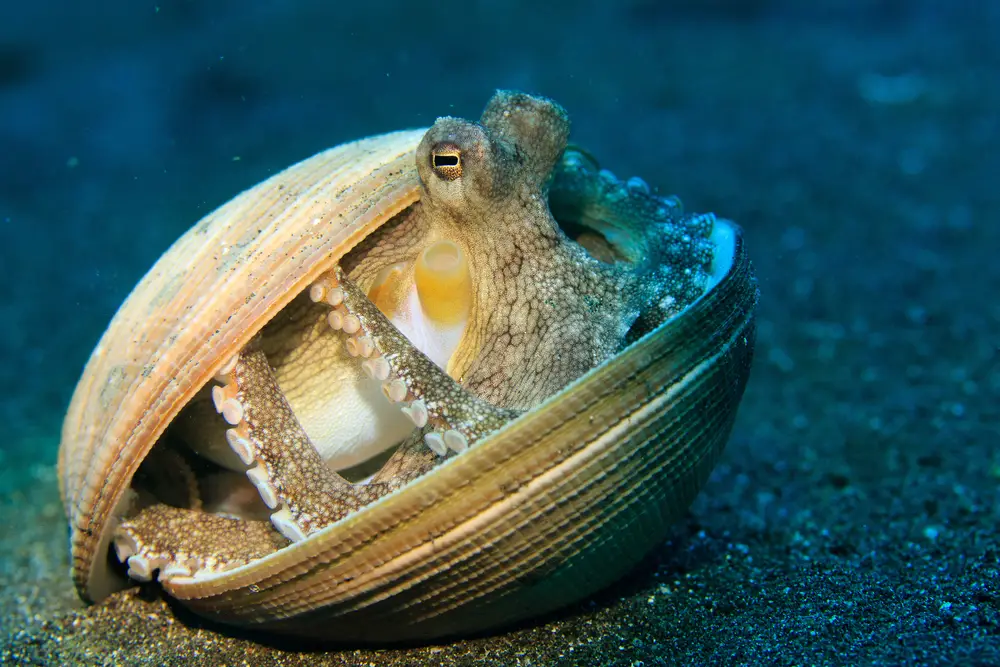
Octopuses are the ocean’s master problem-solvers, renowned for their incredible ability to manipulate objects and navigate mazes. An octopus can unscrew jar lids to retrieve food, showcasing an intelligence that challenges our perceptions of invertebrates. Watching an octopus interact with its environment is like observing an artist at work, each action deliberate and thoughtful. Their capacity to learn through observation and experience sets them apart in the aquatic world.
Research documented in the journal Current Biology highlights the octopus’s ability to engage in complex problem-solving tasks, suggesting a level of consciousness not commonly associated with mollusks. This study emphasizes the sophistication of octopus behavior, prompting us to reconsider our ideas about intelligence in the animal kingdom. It’s a humbling experience to realize the breadth of knowledge these creatures possess, reminding us that intelligence is not the sole purview of humans.
6. Dogs and Emotional Bonding

Dogs, often dubbed “man’s best friend,” have an unparalleled ability to form deep emotional bonds with humans. You might notice how a dog can sense your mood, offering comfort when you’re down or sharing in your excitement. They communicate through body language, barking, and even subtle facial expressions, making them adept at reading human emotions. This connection goes beyond companionship; it’s a mutual understanding that enriches both human and canine lives.
With their keen sense of empathy, dogs often become integral members of our families. Their loyalty and affection are unwavering, creating relationships built on trust and shared experiences. These bonds highlight the importance of emotional connections in our lives, reminding us of the power of love and companionship that transcends species.
7. Parrots and Vocabulary Skills
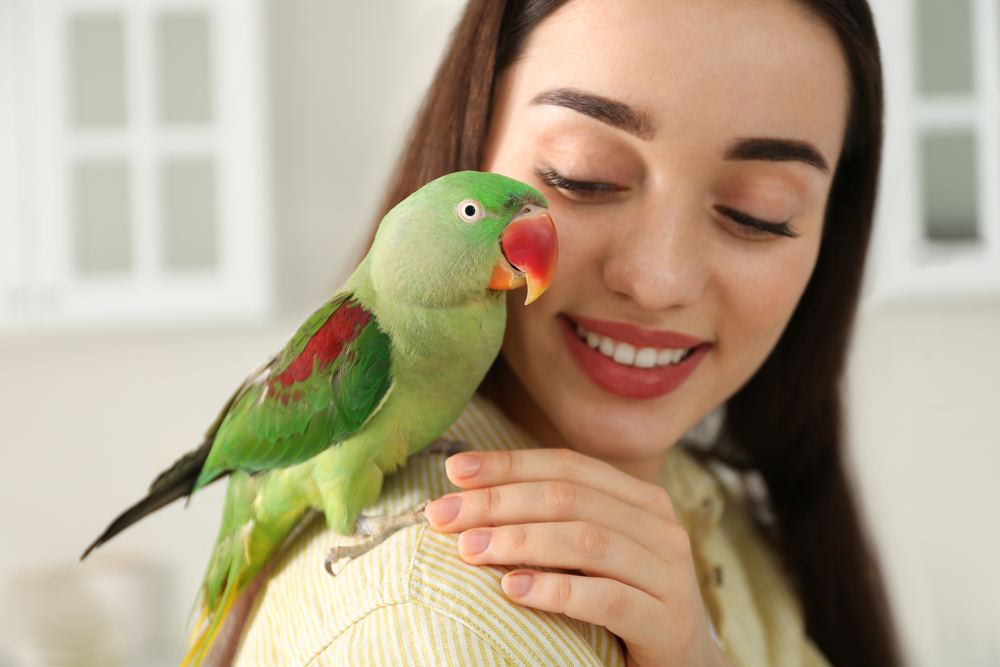
Parrots astound us with their ability to mimic human speech, a skill that transcends mere mimicry and suggests a deeper level of understanding. You might hear a parrot not just repeating words, but using them in context, opening a window into their cognitive capabilities. This mastery of language nuances demonstrates a level of intelligence that resonates with our own linguistic faculties. Their vibrant personalities and communicative nature make them both captivating and relatable.
A study featured in the Journal of Comparative Psychology reveals that parrots have a remarkable capacity to understand and use words, indicating a sophisticated level of cognitive functioning. This research challenges our perceptions of avian intelligence and highlights the depth of understanding these birds possess. As you listen to a parrot’s chatter, it’s a reminder of the complex tapestry of communication that spans the animal kingdom.
8. Rats and Social Intelligence
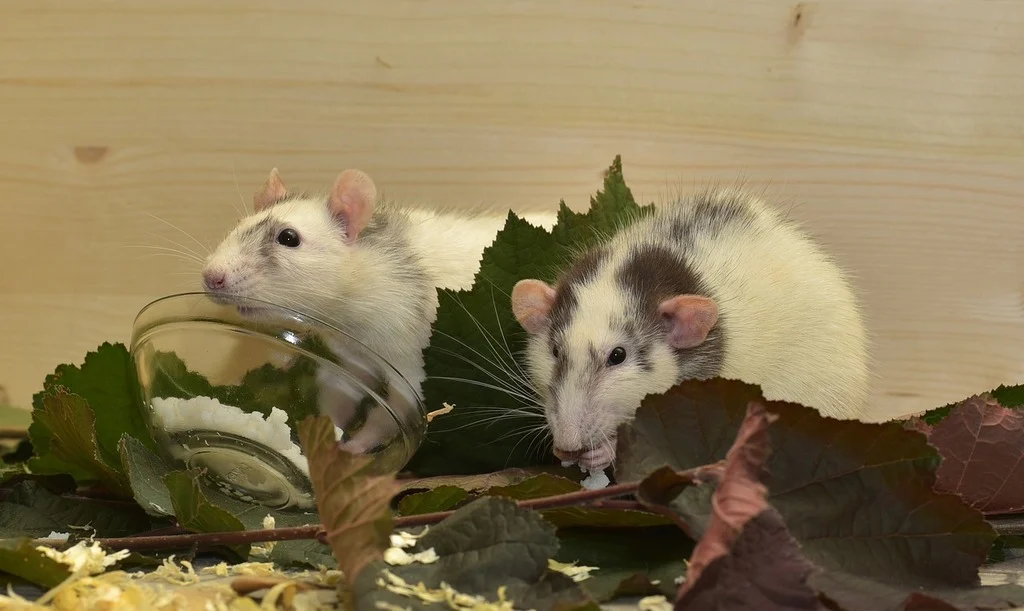
Rats often get a bad rap, but their social intelligence rivals that of some primates. Living in structured communities, these rodents display behaviors like empathy and cooperation that echo our own societal norms. You might find rats helping one another in distress, showcasing a level of altruism that’s both surprising and touching. Their ability to navigate mazes and remember complex routes is a testament to their cognitive prowess.
These small creatures are also capable of forming bonds with humans, recognizing individual people and responding to their presence. Their social structures are complex, with hierarchies and relationships that mirror our own societal interactions. By observing rats, you gain insight into the fundamental aspects of social behavior that are shared across species.
9. Cats and Playful Strategies

Cats are well-known for their playful antics, but there’s more to their games than meets the eye. Their play often mimics hunting behaviors, showcasing a strategic mindset that hones their predatory skills. You might watch a cat engage in a mock hunt, practicing stalking and pouncing with precision and grace. This playful behavior is not only a source of entertainment but also a crucial part of their development and survival strategy.
Beyond their predatory play, cats form strong bonds with their human companions, communicating through a range of vocalizations and body language. Their independent yet affectionate nature is a reminder of the diverse ways animals can interact with us. This balance of play and connection highlights the unique relationship cats share with humans, one that is both enigmatic and endearing.
10. Ants and Complex Societies
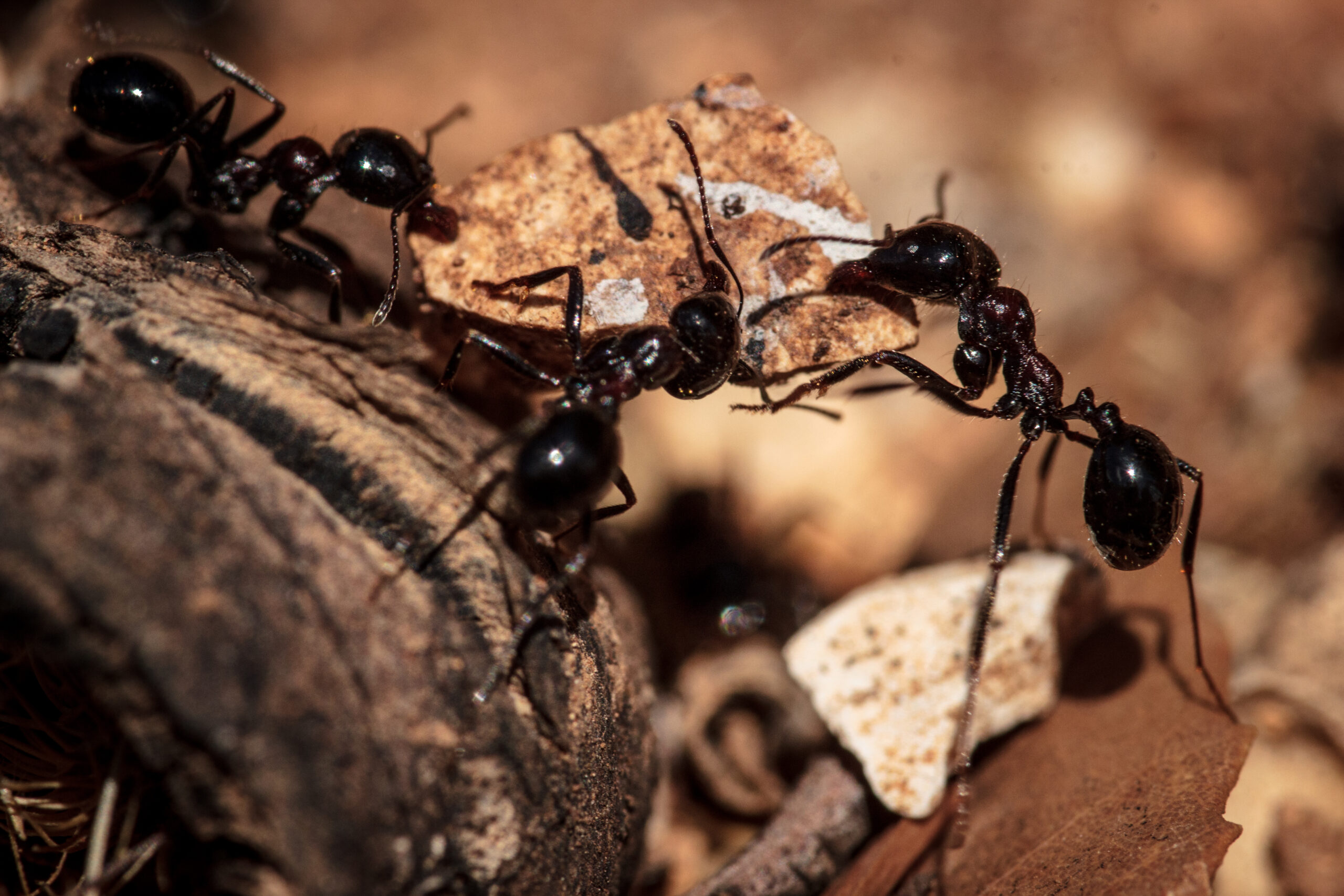
Ants might be small, but their social structures are nothing short of complex. Living in highly organized colonies, ants display teamwork and division of labor that mirrors our own societal setups. You might observe ants working together to build intricate nests, transport food, and care for their young, each task crucial to the colony’s survival. Their efficiency and cooperation offer insights into the power of collective action.
These industrious insects communicate through chemical signals, coordinating their efforts with precision and purpose. Ants’ ability to solve complex problems, such as finding the shortest path to food sources, demonstrates a level of collective intelligence that challenges our understanding of cognition. As you watch ants go about their business, it’s a testament to the effectiveness of collaboration and the strength of community spirit.
11. Penguins and Parenting
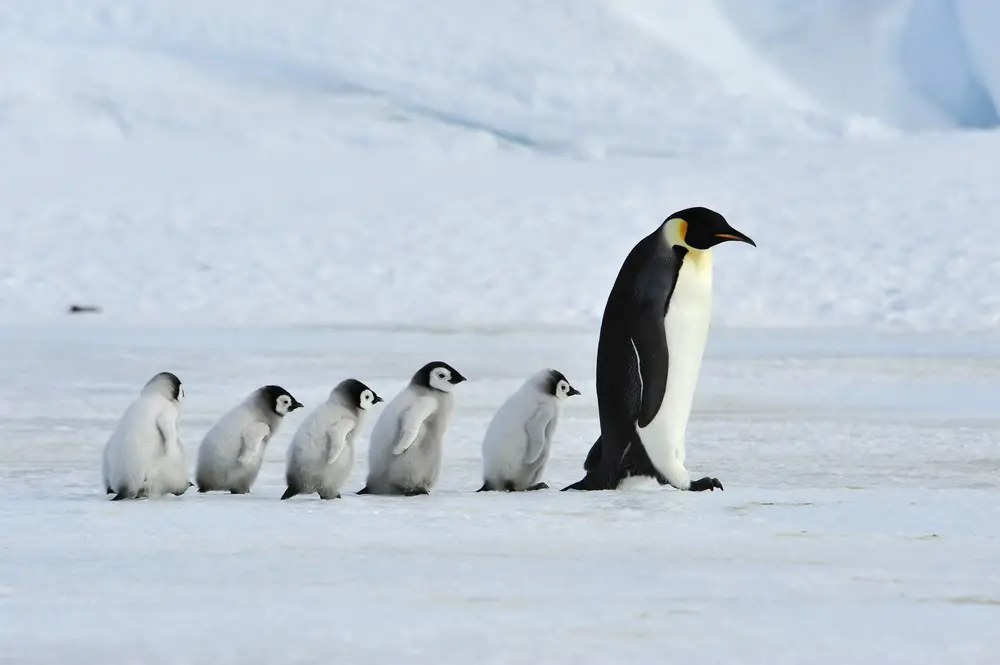
Penguins are the epitome of dedicated parenting, often braving harsh conditions to ensure the survival of their young. You might marvel at a penguin’s commitment as they take turns incubating eggs and trekking long distances for food. This shared responsibility and cooperation underscores the importance of family bonds and teamwork. Their parenting style is a poignant reminder of the sacrifices made for the sake of nurturing the next generation.
Living in large colonies, penguins rely on social structures for protection and community support. Their vocalizations help them recognize their mates and offspring amidst the chaos, showcasing their strong attachment and loyalty. As you observe penguins, it’s heartening to see the depth of care and commitment that defines their family units, mirroring the values we hold dear in human relationships.
12. Bonobos and Conflict Resolution
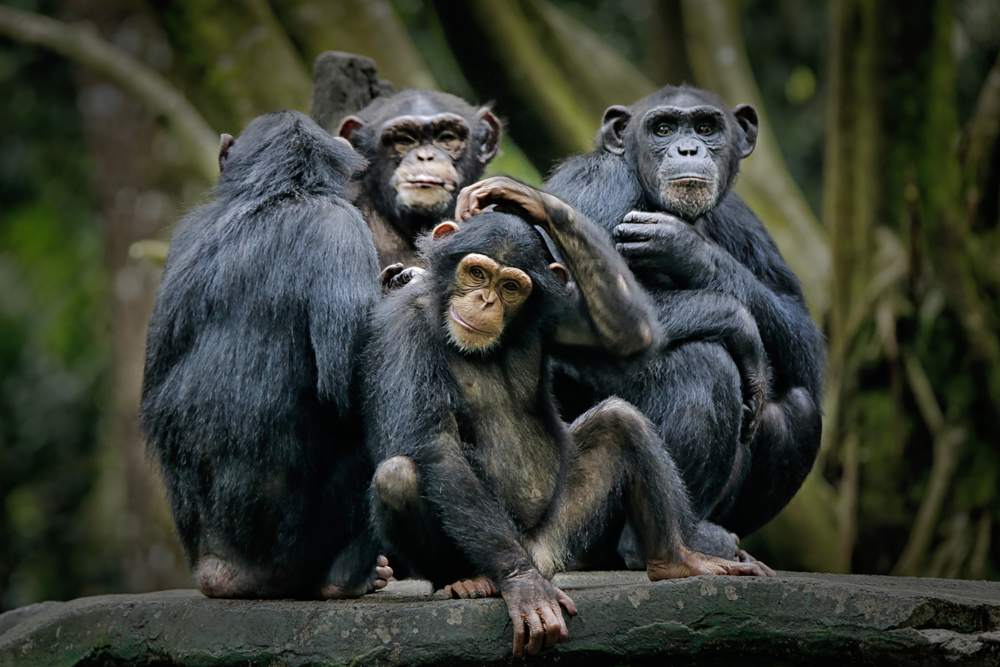
Bonobos are known for their peaceful nature and unique approach to conflict resolution, relying on social bonding and affection. Unlike their more aggressive relatives, the chimpanzees, bonobos use intimacy to ease tensions and build alliances. You might witness a bonobo defusing a potential conflict through grooming or playful interactions, emphasizing the role of reconciliation. Their peaceful strategies highlight the power of kindness and cooperation in maintaining harmony.
Living in matriarchal societies, bonobos prioritize social connections and equality, showcasing a different perspective on community dynamics. Their emphasis on empathy and understanding is a powerful example of how compassion can shape social interactions. As you learn about bonobos, it becomes clear that their approach to life offers valuable lessons in conflict resolution and the importance of community.
13. Bees and Communication Networks
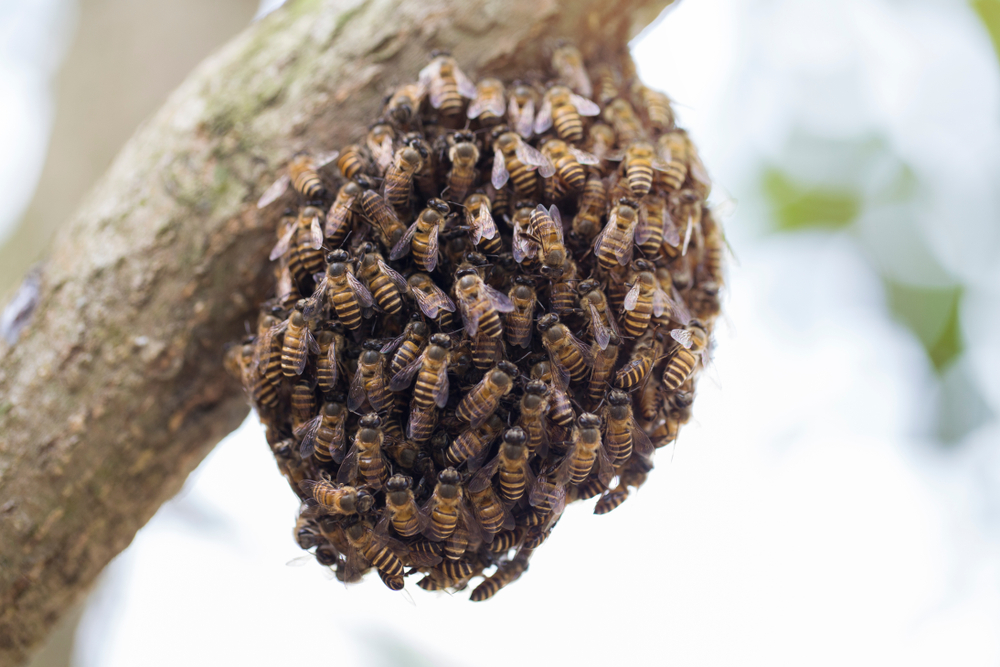
Bees have mastered the art of communication through their intricate waggle dance, a method used to convey information about food sources. Observing a bee’s dance is like watching a live broadcast of vital news, with each movement packed with meaning. This remarkable ability to share detailed information highlights their sophisticated social networks. Bees’ communication skills are crucial to the survival and efficiency of their colonies.
These tiny pollinators also exhibit impressive problem-solving abilities, adapting their foraging strategies based on environmental changes. Their cooperative nature and division of labor ensure the smooth operation of their hives, showcasing the strength of teamwork. As you appreciate the complexity of bee societies, it’s a reminder of the profound impact of effective communication on community success.
14. Gorillas and Emotional Depth
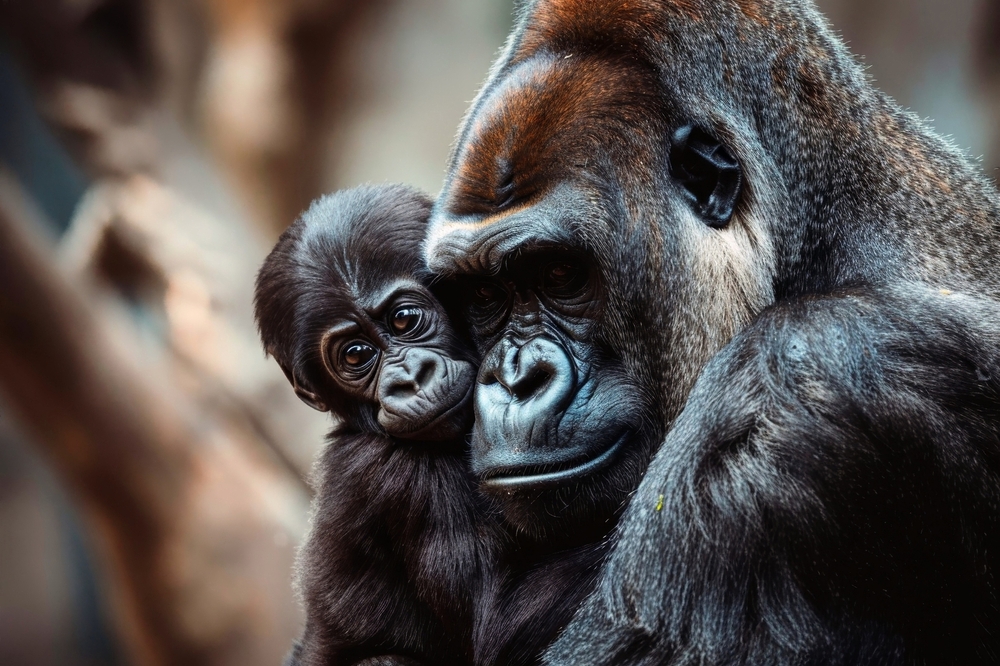
Gorillas are gentle giants with an emotional depth that resonates with human sensibilities. You might find a gorilla expressing affection through hugs, grooming, and even laughter, emphasizing the importance of social bonds. Living in close-knit family groups, they demonstrate behaviors akin to our own, such as mourning the loss of loved ones. These expressions of emotion highlight the shared experiences that connect us to the animal kingdom.
In their natural habitats, gorillas showcase intelligence and problem-solving skills, using tools and learning from one another. Their ability to form complex social structures and exhibit empathy underscores the importance of community and kinship. As you observe gorillas, it’s a compelling reminder of the emotional and social capabilities that extend beyond human boundaries.
15. Orangutans and Cultural Traditions
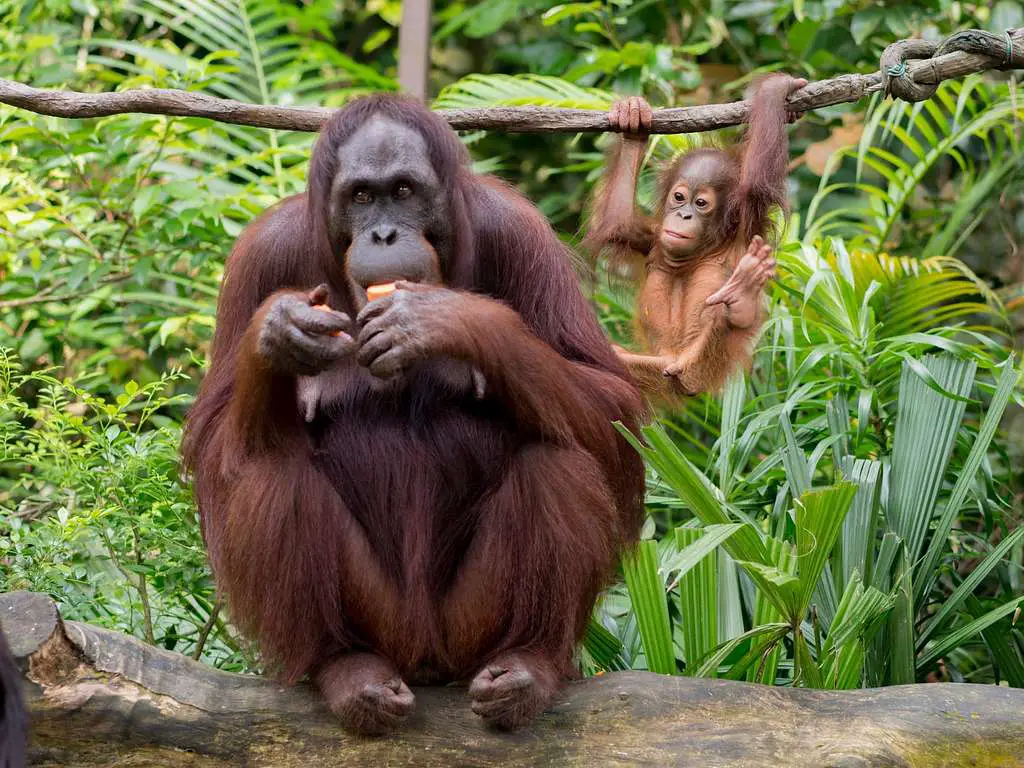
Orangutans, with their keen intelligence and dexterous skills, are known for their unique cultural traditions. You might see an orangutan using leaves as umbrellas or napkins, behaviors that are passed down through generations. This cultural transmission reflects a sophisticated understanding of their environment and the ability to learn and adapt. Orangutans’ actions remind us of the importance of preserving cultural knowledge and traditions.
Living solitary lives compared to other primates, orangutans still form strong bonds and communicate through vocalizations and gestures. Their ability to use tools and solve problems highlights their cognitive abilities and adaptability. As you learn about orangutans, it’s a testament to the rich tapestry of behaviors and traditions that exist in the animal world, echoing the diversity found in human cultures.
